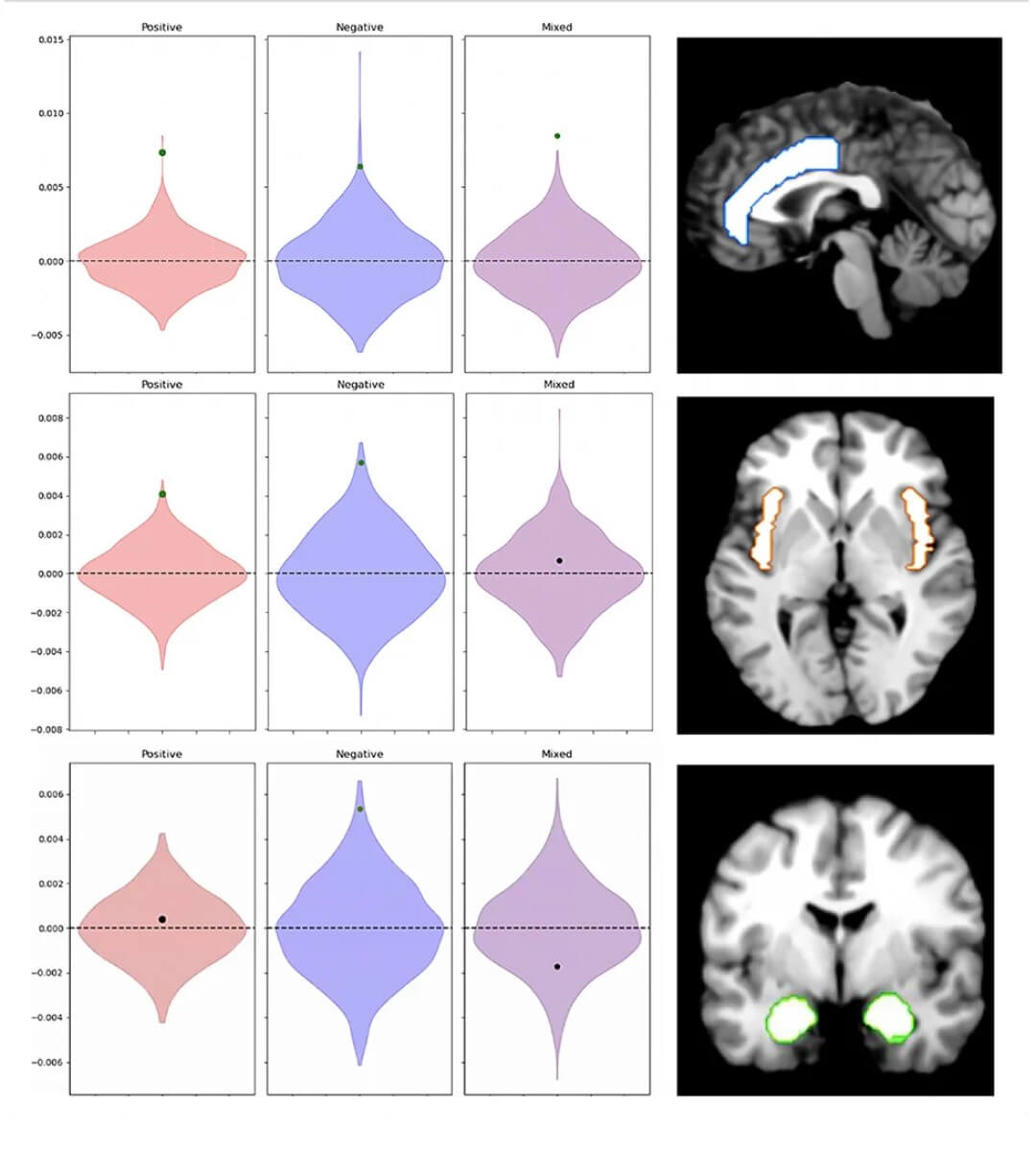
(Credit: chingyunsong/Shutterstock)
LOS ANGELES — Despite being a children’s movie, Pixar’s “Inside Out 2” is teaching scientists what it means to have mixed emotions. By introducing new emotions like anxiety and embarrassment, researchers say the movie actually does a good job of showing how the human brain processes more than just positive or negative feelings.
While Disney and Pixar use a bit of movie magic to simplify this concept for kids — there is no control panel in the brain run by emotions — the animated movie is not entirely fictional. Researchers from USC Dornsife filmed their own proof that mixed emotions exist in the brain.
“Not only did we find brain activity that was correlated with mixed emotions, but we found that it held steady over time,” says Anthony Vaccaro, lead author of the study and a postdoctoral researcher at USC Dornsife's Neuroendocrinology of Social Ties Lab, in a media release. “You’re not ping-ponging between negative and positive. It’s a very unique, mixed emotion over a long period.”
There's been a long-standing debate among scientists about how the brain processes complex emotions. Do mixed emotions exist, or do people switch back and forth between positive and negative feelings? Despite seeing it in real life, studying mixed emotions is difficult in a lab setting. Most scientists opt to study one emotion at a time, and a common argument is that emotions fall on a spectrum from positive to negative.
The new research published in Cerebral Cortex disproves this theory. The USC team mapped out what brain areas activate when a person experiences complicated emotions such as bittersweetness.
Brain areas called the amygdala and nucleus accumbens are activated when a person experiences mixed emotions. While these brain areas are usually involved in emotional processing, the new study found a unique neural activity different from when a person feels a purely positive or negative emotion. A third brain area, the insular cortex, showed changes in brain activity when participants reported having an emotional transition.

“There’s a certain sophistication that’s required to sit with a mixed emotion and to allow yourself to feel positive and negative at the same time. Looking into that more, exploring the benefits of being able to accept positive and negativity at the same time within yourself, is something we think is worth study,” says Jonas Kaplan, an associate professor of psychology at USC Dornsife and co-author of the study.
The study participants had watched an animated short film called “One Small Step.” The movie’s plot evoked both happy and sad feelings. While they watched the movie, researchers tracked their brain activity using a magnetic resonance imaging machine. The participants then viewed the video again but without an MRI. Participants self-reported when they felt positive, negative, or mixed emotions during the film, and the authors used these responses to compare them to what they saw on the MRI images.
While the USC study revealed that the brain processes mixed emotions separately from pure joy and sadness, their next step is to see how it processes emotional reactions in a group setting. Perhaps the new findings will inspire a third Inside Out movie.










